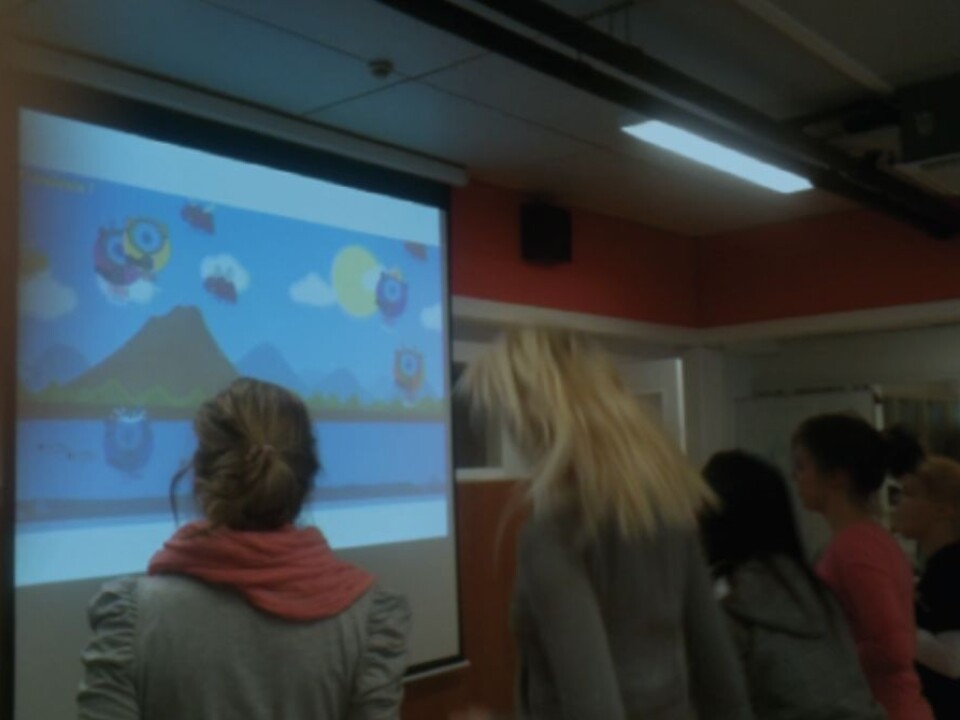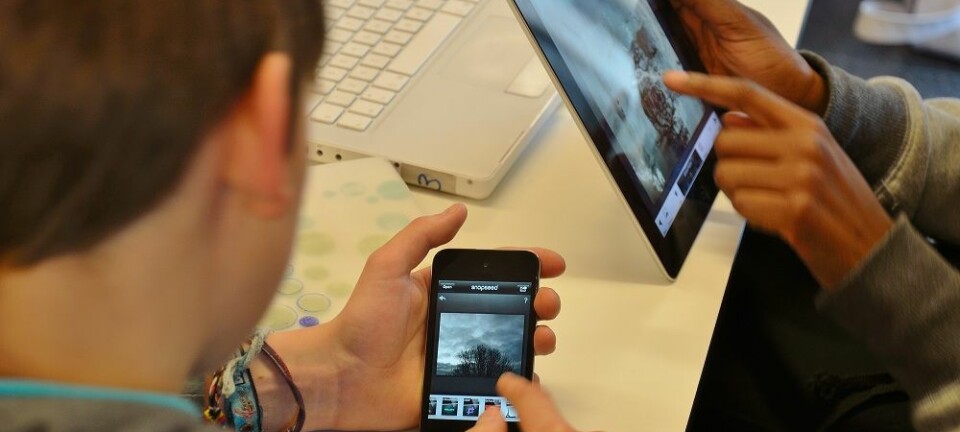An article from The Academy of Finland

Mobile phones as a social means of education
Mobile phones can be used in education just as computers can. They can for instance serve as social tools that pupils use to develop one another’s projects. Mobile phone games can also enhance learning.
Finnish schools have started using mobile phones as a proper learning tool.
Professor Jari Multisilta from Pori University Consortium has been studying the potential educational uses of mobile phones since the late 1990s. This was when the first WAP phones and communicators were introduced, which allowed for the production of simple contents on mobile phones.
“School pupils can shoot video footage on their mobiles and upload it to a service where they can compile stories using material filmed by themselves and others,” says Multisilta.
On a school outing, a class may have shot videos of cloudberries, for instance. If someone’s pictures are not very good, they can use video clips shot by someone else because the experience is a shared one: they’ve been on the same outing in the same area.

Multisilta and his team in Pori have developed a theoretical model for future learning and knowledge construction. This work has spawned two spin-off companies with a very marketable range of products.
Learning by playing
The game-learning model has inspired a set of games for schoolchildren in different age brackets.
In one application, pupils are challenged to teach a virtual pet that can then take part in online competitions against pets trained by other pupils. This game has had great success at European game fairs.
“As far as the development of models is concerned, our work represents basic research,” he says.
We’ve managed to translate our theoretical results and models into marketable products within a very short space of time.
“But we’ve managed to translate our theoretical results and models into marketable products within a very short space of time. It’s just that this is not something that’s monitored and measured scientifically.”
Still in the early stages
Mobile learning is not yet very common. In business companies, applications are largely based on passive learning, that is, employees can download a learning module into their mobile phones that they can view at their convenience.
Multisilta says that mobile learning should be an interactive process and allow for different ways of learning. The element of interactivity is created in the game environment.
Entertainment technology embedded in learning technology
Other questions that Multisilta has addressed in his studies concern the application of social media services to learning situations in the workplace; the question of how interesting and useful these services are, and what kind of technological solutions are needed.
School pupils can shoot video footage on their mobiles and upload it to a service where they can compile stories using material filmed by themselves and others.
According to the professor, a major future application for mobile social media will be in the area of on-the-job learning and group work.
The social media element of mobile phones is largely based on entertainment technology. Furthermore, Multisilta has studied how video and video stories are used in learning situations and in group work.
Together with colleagues, he has also developed video games in which game characters projected onto a screen are controlled through body movements.
The body movements are recognised by a mobile phone in the gamer’s pocket. By leaping up into the air or by running on the spot, the gamer can make the character on the screen do the same.
Interactive group games
These are group games: the input of each gamer affects the outcome of the games. The aim is to intensify the physical sense of involvement in the game.
One of the team’s studies dealt with the group’s collective pulse.
At the start of an ice hockey game, a small test group was given heart rate monitors to wear, and their heartbeat data was fed into a server that calculated the team’s average heart rate and displayed it on a computer screen.
Multisilta explains that it’s possible to use the collective heart rate as a starting point for the development of exercise games, where the audience has to exercise together to maintain the collective heart rate within a certain range during intervals in the game.
“The collective heart rate also correlates to some extent with what’s happening in the game – whenever there was an exciting goalmouth moment, the collective pulse went up a bit.”










